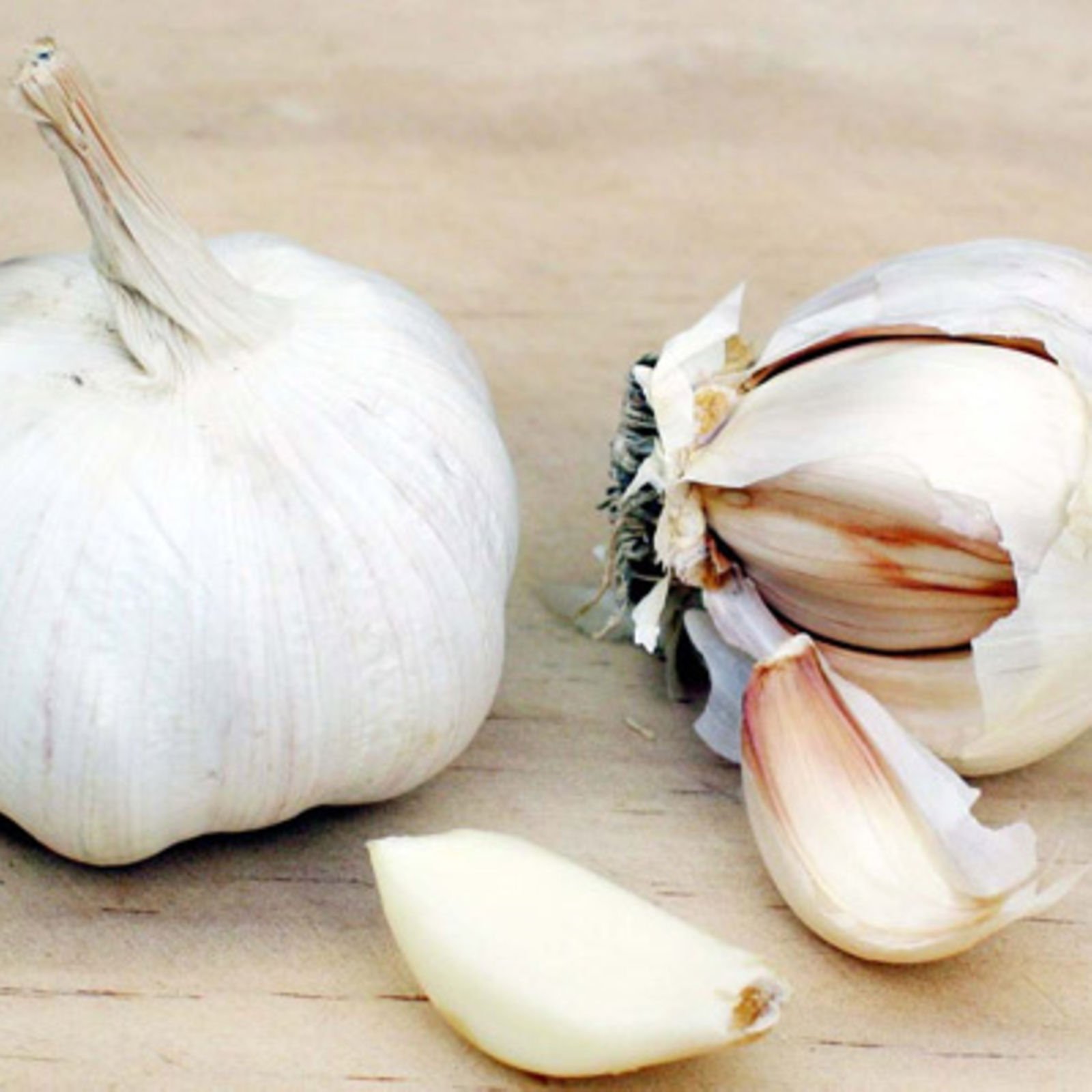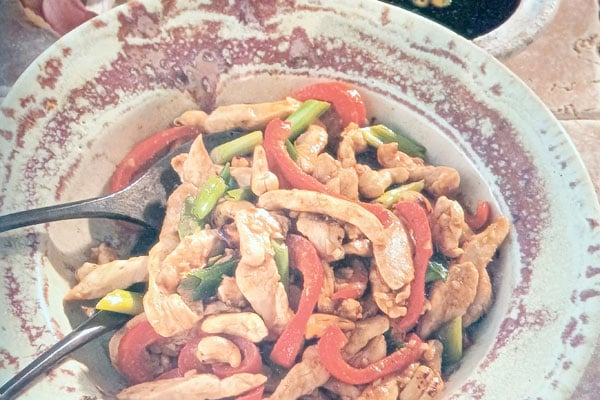Prime
Are you using garlic the right way?

What you need to know:
- Garlic is rich in antioxidants and has anti-inflammatory properties, which help improve the brain function and prevent damage to the DNA in our cells.
Garlic is a root vegetable closely related to onions, leeks and chives. It infuses delicious flavour to savoury foods and alongside onions and ginger, is an ingredient no cook worth their salt will cook without. Preparing garlic in the correct way before cooking adds flavour to dishes and has many health benefits. Here is how to cook with garlic correctly and get rid of its pungent smell.
Cut, chop or mince and wait
Nutritionists advise against adding whole cloves of garlic directly to the foods you cook and say the correct way is to first cut, chop or mince the garlic and wait for 10 to 15 minutes, before cooking with it. This allows the compounds in garlic to fully develop and helps activate an enzyme in garlic known as alliinase, which is then converted into alliin and then into allicin.
Health benefits of allicin
The active enzyme allicin and other potent compounds in garlic, help prevent cancer, lower blood cholesterol and blood sugar levels, help prevent coronary heart disease and lower blood pressure as well. It is interesting to note that a combination of crushed garlic cooked with tiny, bitter berries, scientifically known as solanum incanum and locally known as katunkuma, have been used as an ancient remedy to lower blood pressure by local Ugandan herbalists, for centuries.
Other benefits
Garlic is rich in antioxidants and has anti-inflammatory properties, which help improve the brain function and prevent damage to the DNA in our cells. Garlic also boosts the body’s immune system, while eating raw garlic reduces inflammation and improves our digestive health.
Get rid of garlic breath
Garlic has a strong smell that lingers on the hands and breath for hours. This can be neutralised by chewing fresh parsley or mint, drinking a glass of yoghurt or milk, chewing spearmint chewing gum,, flossing and brushing your teeth with toothpaste after a meal. Fresh lettuce, apples, lemon juice, green tea and water can also work.




